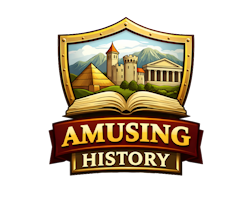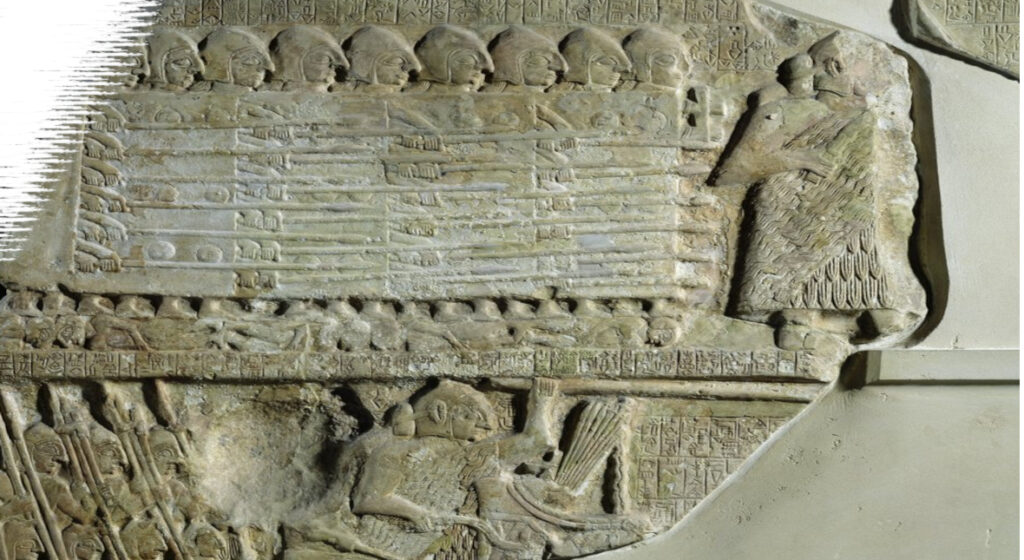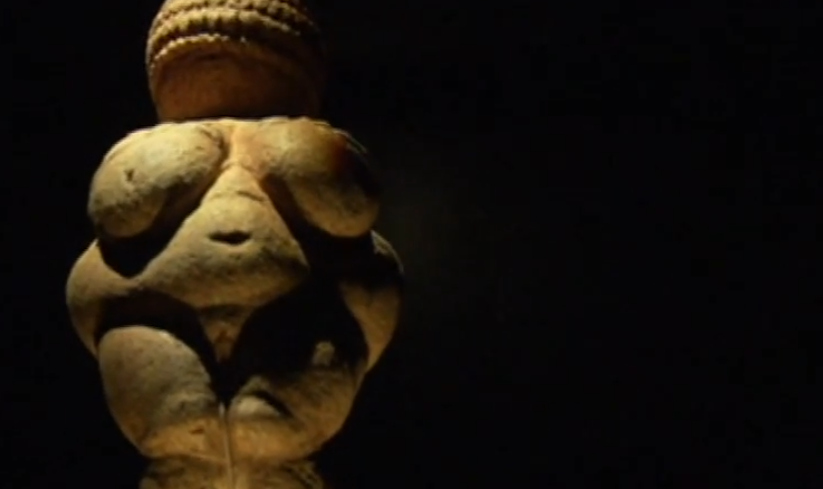The Stele of the Vultures, dating from roughly 2450 BCE, is a monumental piece of limestone sculpture originating from the ancient Sumerian city-state of Lagash, located in southern Mesopotamia (modern-day Iraq). This stele is celebrated as one of the earliest surviving narrative reliefs and provides invaluable insight into the political, military, religious, and artistic life of
Historical Background and Context
In early Mesopotamian civilization, city-states like Lagash and Umma were often engaged in fierce competition for valuable land and resources. The Mesopotamian landscape was characterized by vast fertile plains nourished by the waters of the Tigris and Euphrates rivers. Within this landscape, a particularly fertile and contested strip of land known as the Gu’edena—the “edge of the plain”—was crucial for agriculture, survival, and power.
The dispute between Lagash and Umma over the Gu’edena was not just a matter of territory but a vital economic and political struggle. Control of this fertile land meant access to crops, irrigation, and wealth. Conflicts over such land were frequent and often brutal.
The Stele of the Vultures commemorates one such conflict, specifically celebrating the military victory of Lagash under its ruler, Eannatum, over Umma. This victory solidified Lagash’s control over the Gu’edena and reinforced its regional dominance.
Physical Description and Artistic Composition
The stele itself is a tall, rectangular limestone slab carved with detailed relief scenes on both sides. It was originally erected as a public monument, likely placed at a temple or city center to glorify Lagash’s ruler and his divine right to rule.
The imagery on the stele is organized into horizontal bands called registers, which depict various scenes combining historical narrative and religious symbolism.
-
Military Victory: One side of the stele shows a vivid battle scene. Soldiers of Lagash, equipped with spears, shields, and helmets, are arranged in tight formations advancing against the enemy. Chariots and infantry fight fiercely, emphasizing the organized military might of Lagash. The enemy soldiers are shown in disarray, some falling or being captured.
-
Vultures Scene: Above the battle scene, a powerful and grim image depicts vultures soaring in the sky, carrying severed heads and limbs of Umma’s defeated soldiers. This graphic imagery symbolizes both the totality of Lagash’s victory and serves as a warning to potential enemies.
-
Divine Intervention: On the reverse side, the stele portrays Ningirsu, the patron god of Lagash, standing as a divine warrior. He wields a bow and a mighty mace, symbolizing his power to deliver victory to the city-state’s ruler. The god is shown trampling enemies beneath his feet and holding them captive, underscoring the belief that the gods actively supported Lagash in its conquest.
-
Cuneiform Inscriptions: Accompanying these scenes are detailed inscriptions written in Sumerian cuneiform. These texts describe the cause of the war, the victorious campaign, and praise the ruler Eannatum while dedicating the monument to Ningirsu. The inscriptions reveal the religious and political rationale behind the conflict and highlight the sacred nature of kingship.
Example of translated excerpts (adapted from the main surviving text):
“For Ningirsu, the great warrior, lord of Lagash, Eannatum, ensi of Lagash, has built this monument.
When the men of Umma crossed the boundary, violating the divine law of the land,
Eannatum marched with his army to defend the fertile Gu’edena.
The enemy was routed and destroyed. Their heads were taken by vultures to the heavens.
The land of Lagash has been restored, and Ningirsu’s wrath has been appeased.”


